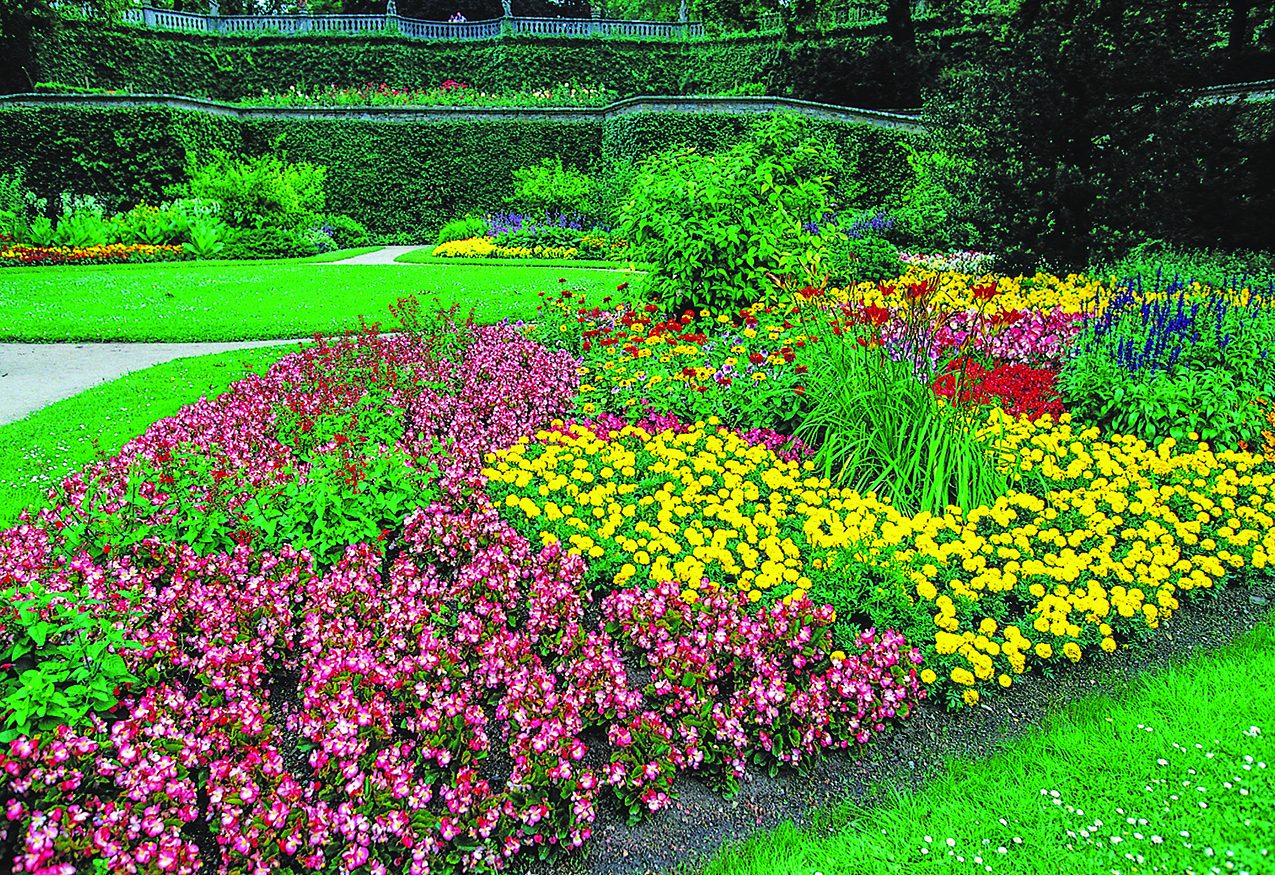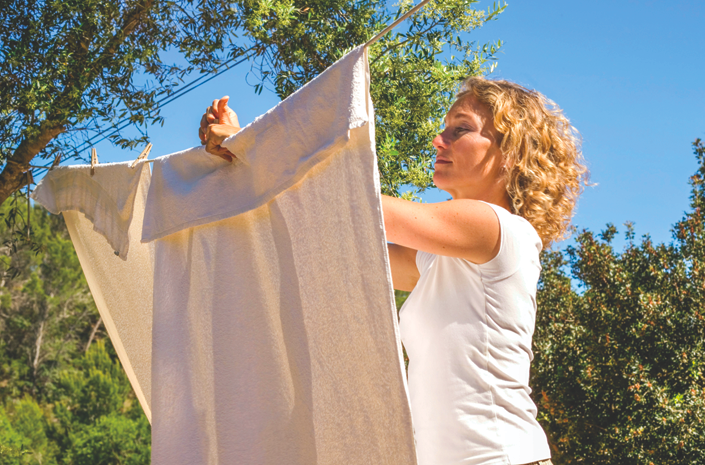With its increased sunshine and warmer temperatures, spring is a beloved time of year. For those who live in areas where the weather changes dramatically throughout the year, spring can be a respite from the snow and also a chance to enjoy the outdoors prior to the arrival of the muggy, hot days of summer. Families can create a bucket list of entertaining and perhaps educational spring activities. Those who want to try something new can explore these ideas.
• Check out a cherry blossom showcase. Cherry trees are popular and beautiful trees that flower in the spring. Their masses of pink and white blossoms are one of the first signals that winter has ended. Cherry tree varieties bloom over the course of several weeks, and climate will dictate how early or late these trees will showcase their spectacular flowers. Visit public gardens and other areas known for their dramatic cherry blossom displays.
• Watch a sunrise or sunset. Take advantage of longer days by enjoying nature’s light show. Wake up extra early and start the day with the sunrise. If you’re not a morning person, then wait until the last of the amber and red streaks light the sky and watch the sun drop below the horizon.
• Fly a kite. There is a reason why the adage “March goes in like a lion and comes out like a lamb” is so fitting. Early spring weather can be gusty and unpredictable. Take advantage of windy conditions by flying a kite by the coast or in an open field.
• Head to a farm. Spring is not only about the rebirth of trees and flowers, but also a prime time for various animals to give birth to their young. A visit to an area farm or petting zoo can be a great way to catch a glimpse of some of these adorable little as they enter and adapt to their new environments.
• Check out a small town. Take a road trip to an out-of-the-way hamlet. Spend the entire day there shopping, dining and supporting a small town community.
• Enjoy al fresco dining. While outdoor dining during the pandemic may have been done as a necessity, do not forget how it also can be a relaxing way to enjoy a meal. Find a restaurant with a particularly scenic backdrop and dine outdoors.
• Visit a thrift shop or flea market. Spring cleaning can serve as the catalyst for people to put items on sale. One person’s trash is another person’s treasure. Spring can be a great time to shop for antiques as well.
Spring is a perfect season to enjoy various activities.











